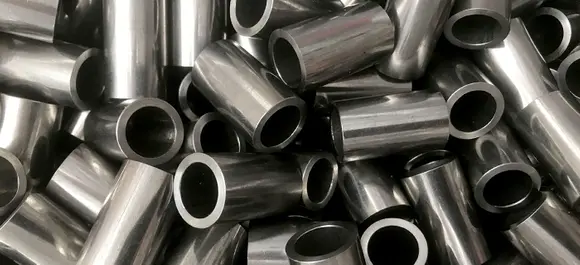Mobile:+86-311-808-126-83
Email:info@ydcastings.com
Exploring the Engineering and Design Considerations in Pump Case Development and Optimization Techniques
Understanding the Pump Case A Crucial Component in Pump Engineering
Pumps are an integral part of many industries, including water treatment, oil and gas, and manufacturing. Among the various components that comprise a pump, the pump casing—or pump case—is one of the most crucial elements. It serves as the housing that holds the internal components of the pump, including the impeller, motor, and bearings, while also facilitating the transport of fluids. This article explores the importance, design considerations, and materials used in pump cases.
Importance of the Pump Case
The pump case plays a vital role in the functionality and efficiency of a pump. It ensures that the fluid being pumped is contained and directed properly, preventing leaks and losses that could hinder performance. The casing must be designed to withstand the pressure and flow rates appropriate to the specific application, whether it’s a high-pressure water pump or a centrifugal pump used in chemical processing.
Additionally, the pump case affects the overall efficiency of the pump. A well-designed casing can enhance fluid dynamics, reduce turbulence, and improve performance, thereby optimizing energy consumption. This is critical not only for operational efficiency but also for reducing environmental impact. Poorly designed pump cases can lead to energy losses and increased operational costs.
Design Considerations
When designing a pump case, several factors must be considered to ensure optimal performance
1. Fluid Type The nature of the fluid being pumped—whether it is corrosive, abrasive, or viscous—can greatly influence material selection and casing design. Pumps handling harsh chemicals, for instance, require cases that can resist corrosion.
2. Pressure and Temperature The casing must endure the operational pressures and temperatures. High-performance applications may require thicker, reinforced casings to withstand the stresses involved.
3
. Accessibility and Maintenance A well-designed pump case should allow for easy access to internal components for maintenance and repair. This is crucial in industrial settings where downtime must be minimized.pump case

4. Weight and Size The pump case design will often consider weight constraints, especially in mobile or portable applications. Balancing strength with lightweight materials is an ongoing challenge in pump engineering.
5. Regulatory Compliance Engineers must also consider industry regulations and standards that dictate design, materials, and safety features.
Materials Used in Pump Cases
The choice of materials for pump cases is a critical aspect of engineering design. Common materials include
- Cast Iron Known for its strength and durability, cast iron is frequently used in water pumps and industrial applications. It provides good wear resistance and can handle high pressures.
- Stainless Steel This material is ideal for applications where corrosion resistance is vital, such as in food processing or chemical transport. Stainless steel pump cases ensure hygiene and longevity.
- Plastics and Composites In some applications, particularly those handling corrosive substances, lightweight plastics or composite materials may be utilized. These materials can offer significant resistance to chemical degradation while also reducing weight.
- Bronze Often used in marine applications, bronze has excellent corrosion resistance and is suited for pumps exposed to seawater and other harsh environments.
Conclusion
In conclusion, the pump case is more than just a housing for pump components; it is a key element that influences the efficiency, durability, and performance of pumps. A thoughtfully designed pump case that considers fluid dynamics, material properties, and operational conditions is essential for the success of any pumping application. As industries evolve and new challenges arise, innovations in pump case design will continue to play a critical role in pumping technology, ensuring that this vital component meets the needs of modern applications.
-
Why Should You Invest in Superior Pump Castings for Your Equipment?NewsJun.09,2025
-
Unlock Performance Potential with Stainless Impellers and Aluminum End CapsNewsJun.09,2025
-
Revolutionize Your Machinery with Superior Cast Iron and Aluminum ComponentsNewsJun.09,2025
-
Revolutionize Fluid Dynamics with Premium Pump ComponentsNewsJun.09,2025
-
Optimizing Industrial Systems with Essential Valve ComponentsNewsJun.09,2025
-
Elevate Grid Efficiency with High-Precision Power CastingsNewsJun.09,2025











